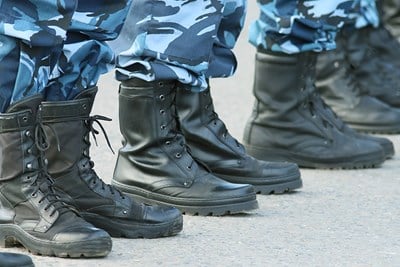There are some major differences between the military reserves and active duty, so it’s understandable if you are having a difficult time choosing between the two. By exploring what makes these two careers stand out from each other, you may be able to determine which is perfect for your lifestyle.
Part-time vs. Full Time
Being a member of the reserves is considered a part-time position while active duty is considered full-time. Joining the reserves means that you’ll participate in the same amount of training as the active duty members, but you’ll spend less time on base. However, during war-time, reserves can be activated and deployed for any length of time.
Active duty members agree to live a military life for the entire duration of their contract, meaning you’ll have to forego starting a civilian career for at least two years. Reserves usually cannot live without a second job and do not undergo any on-the-job training that active duty members receive. Many people choose to be a reservist to continue their education at the same time.
Compensation
Part-time personnel receive less pay and benefits when compared to full-time members. These benefits can be an allowance for clothing, housing, subsistence, and more. Additionally, each service member is enrolled in life and health insurance. Finally, drill pay is given to both reservists and active duty military.
Several factors determine how much pay each person receives, including type, length, and location of the duty. This makes it impossible to determine exactly how much less reservists are paid next to their active duty counterparts.
Stations
Active duty service members are given the choice of where they want to be stationed after training and military school because they are more likely to live on base. They can live anywhere within the United States or abroad depending on their duties and missions of their unit. Reservists don’t have the ability to choose where they live unless they are called for active duty. Part-time members are usually stationed near their home.
Leave and Liberty
Leave and liberty are chances for active military members to take a break from duty. Military leave is time off with full pay for certain types of active or inactive duty. Many types of leave are available for active duty personnel including inactive duty training, active duty training, and emergency duty. Leave can also be accrued based on how many hours worked. A full-time employee that works a 40-hour work week can collect 120 hours of military leave in one year. Reservists don’t receive leave credit unless they are deployed into active duty.
Liberty is often referred to as a “pass,” and gives you time off from duties without being charged as leave. Liberty includes weekends and holidays where you’re absolved from duty unless instructed. This pass is determined differently for each branch. Liberty limits how far members can travel, but the more time you’ve accrued for liberty, the further you can travel. Reservists are also not eligible for liberty unless they’re transitioned into active duty.



